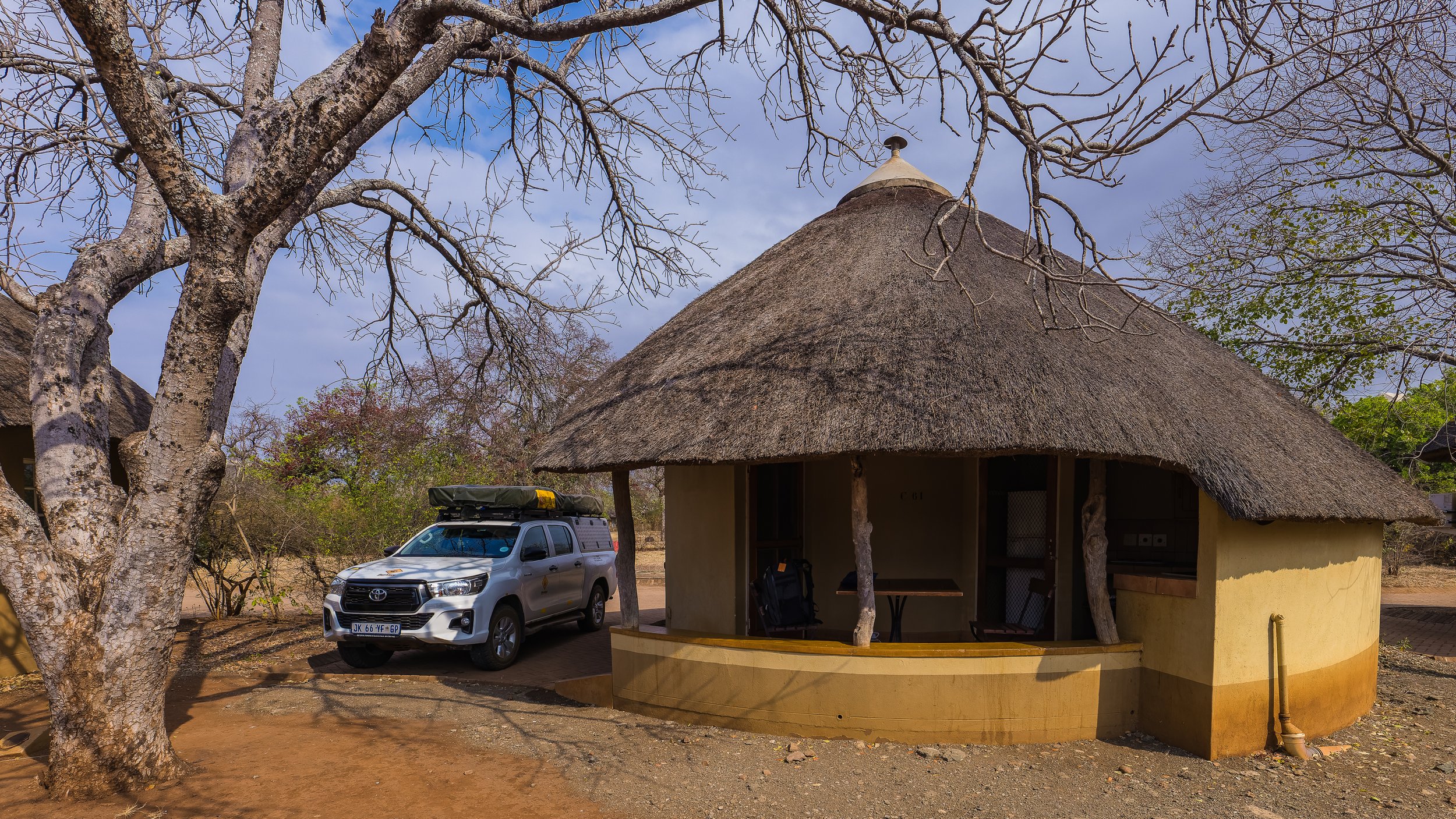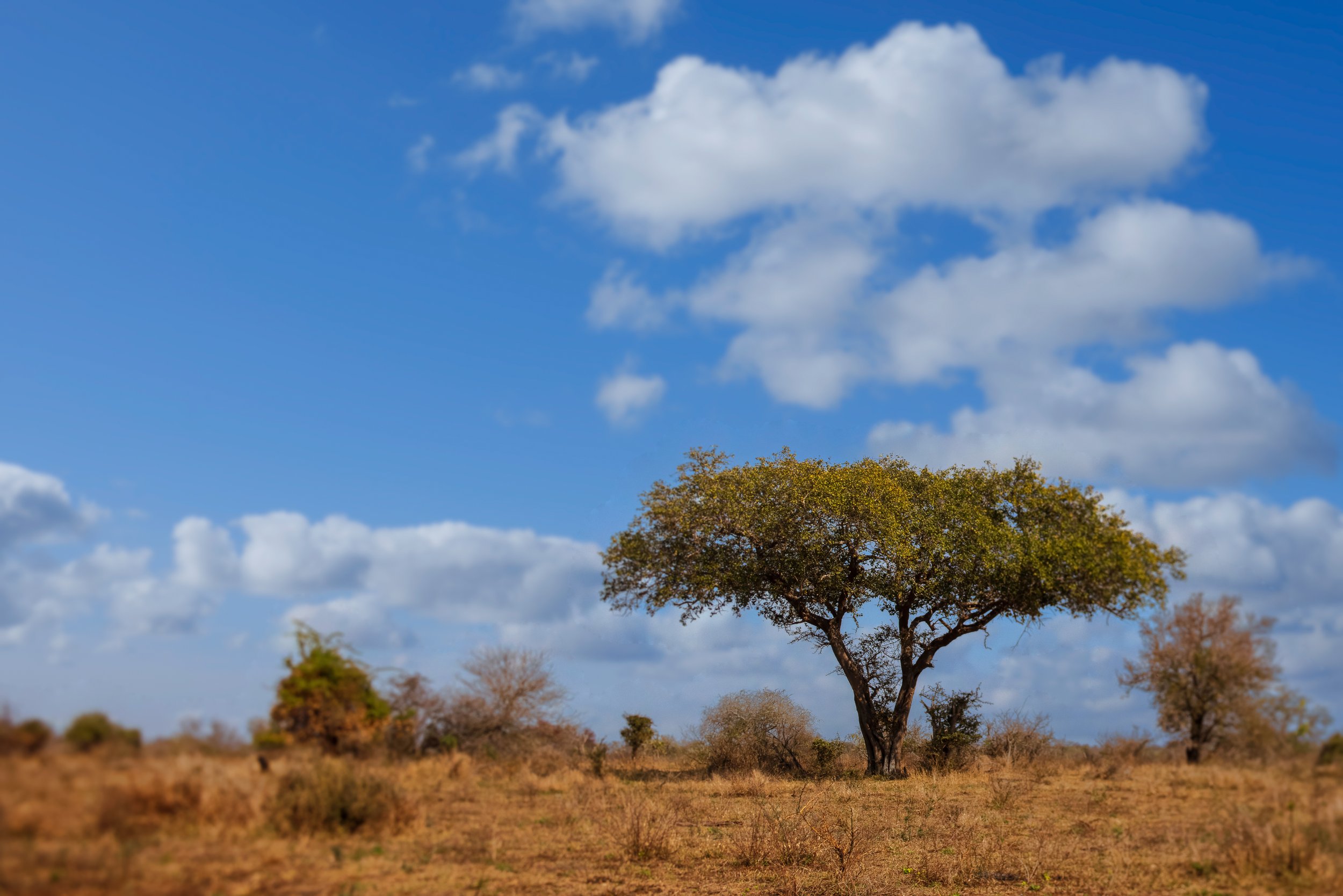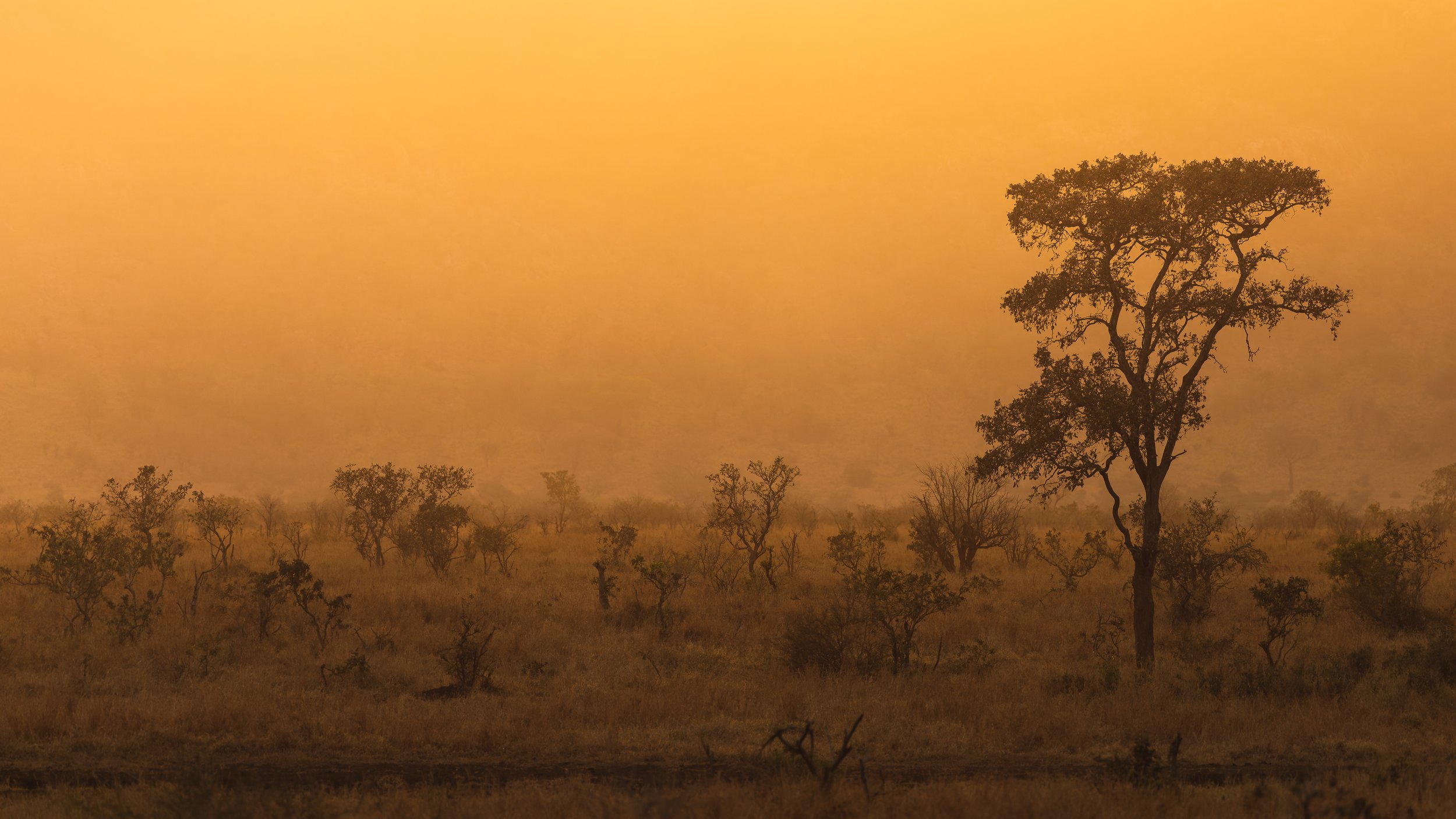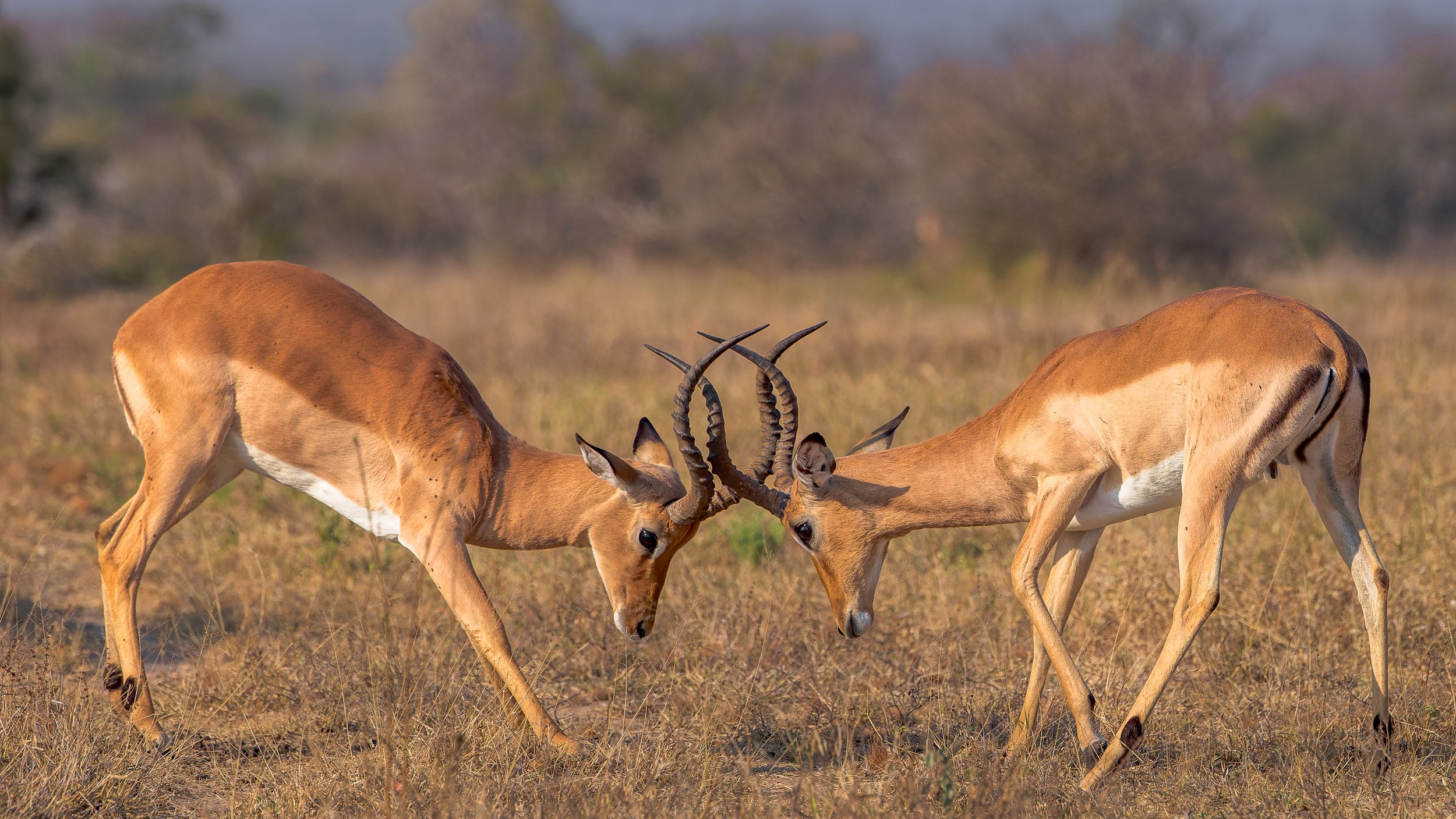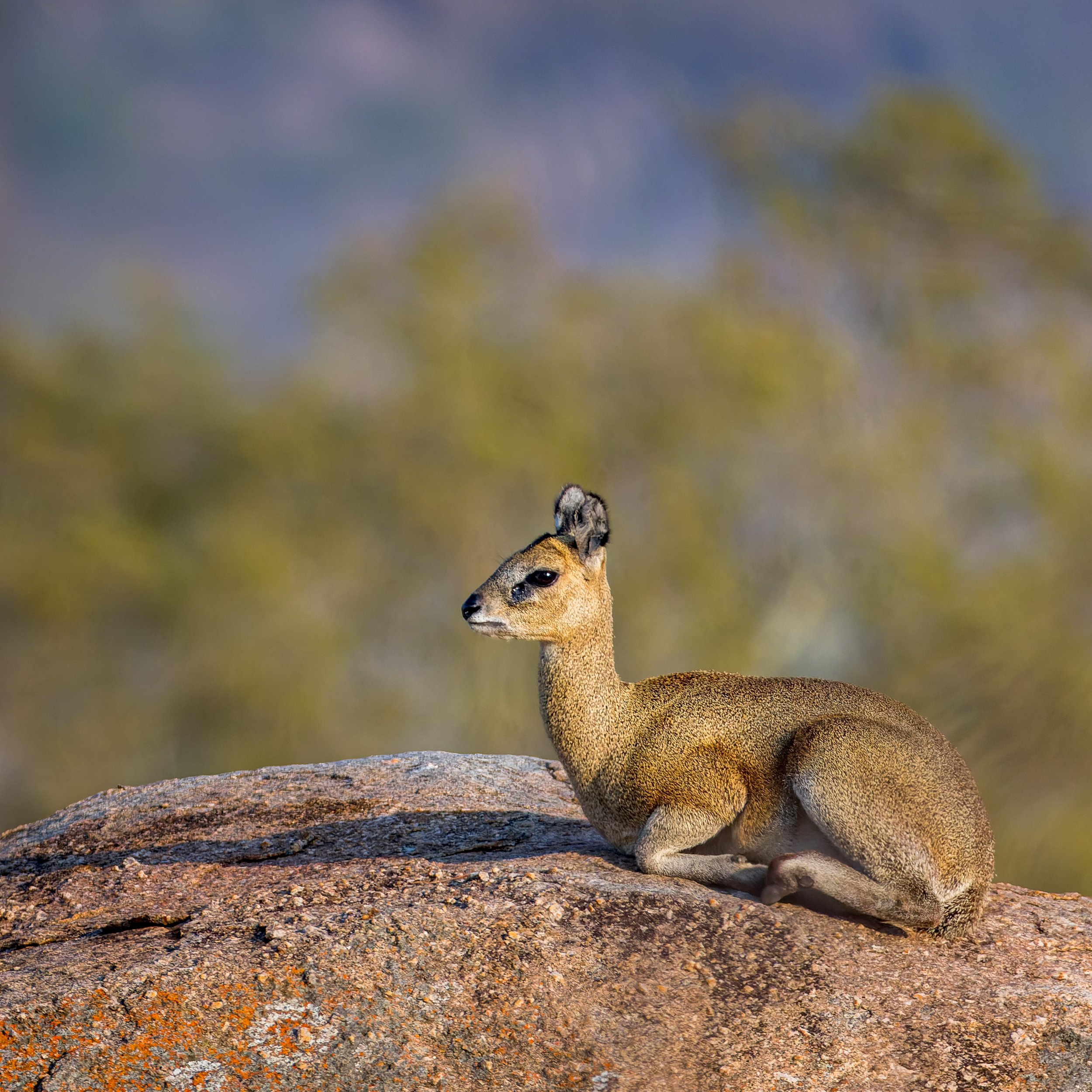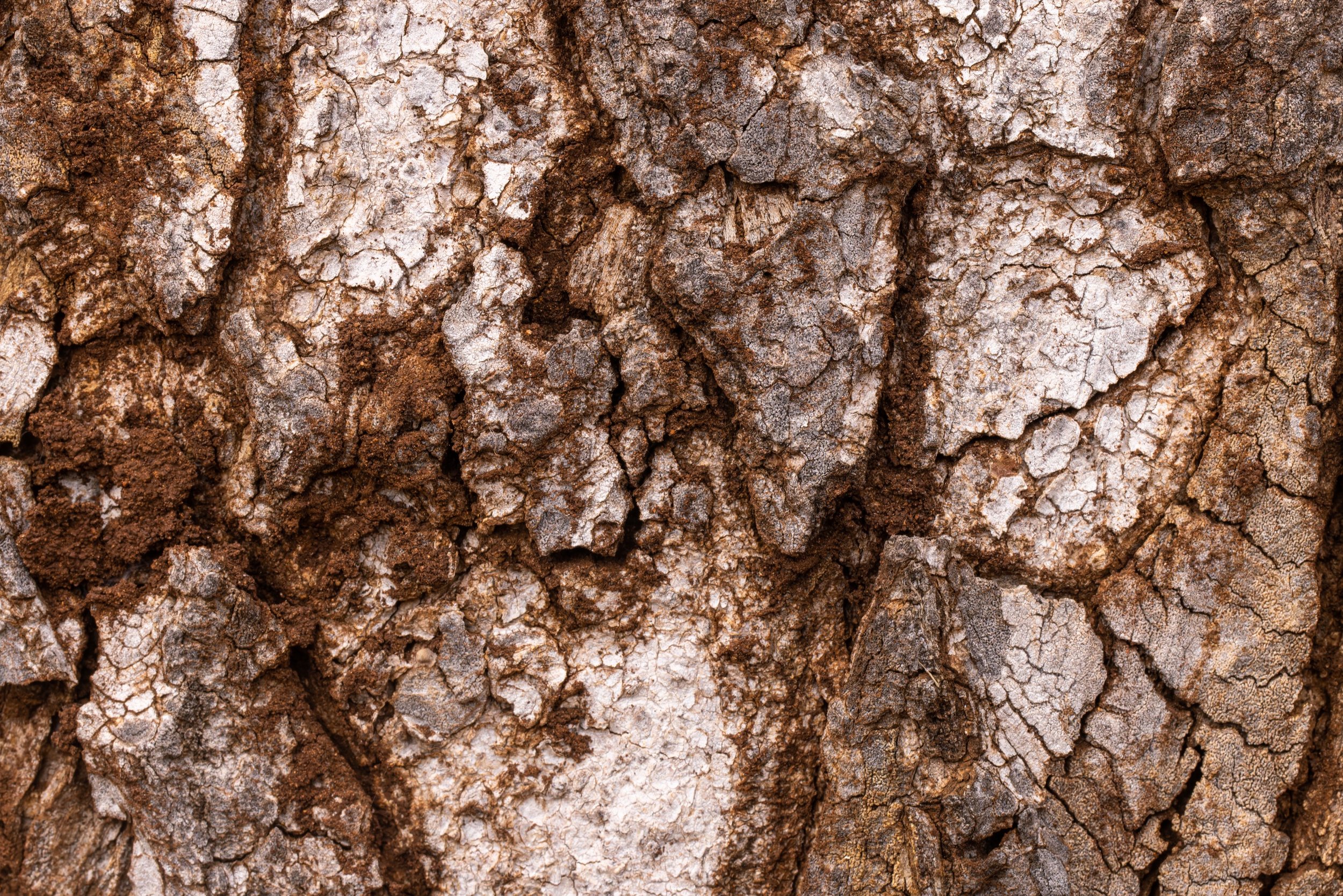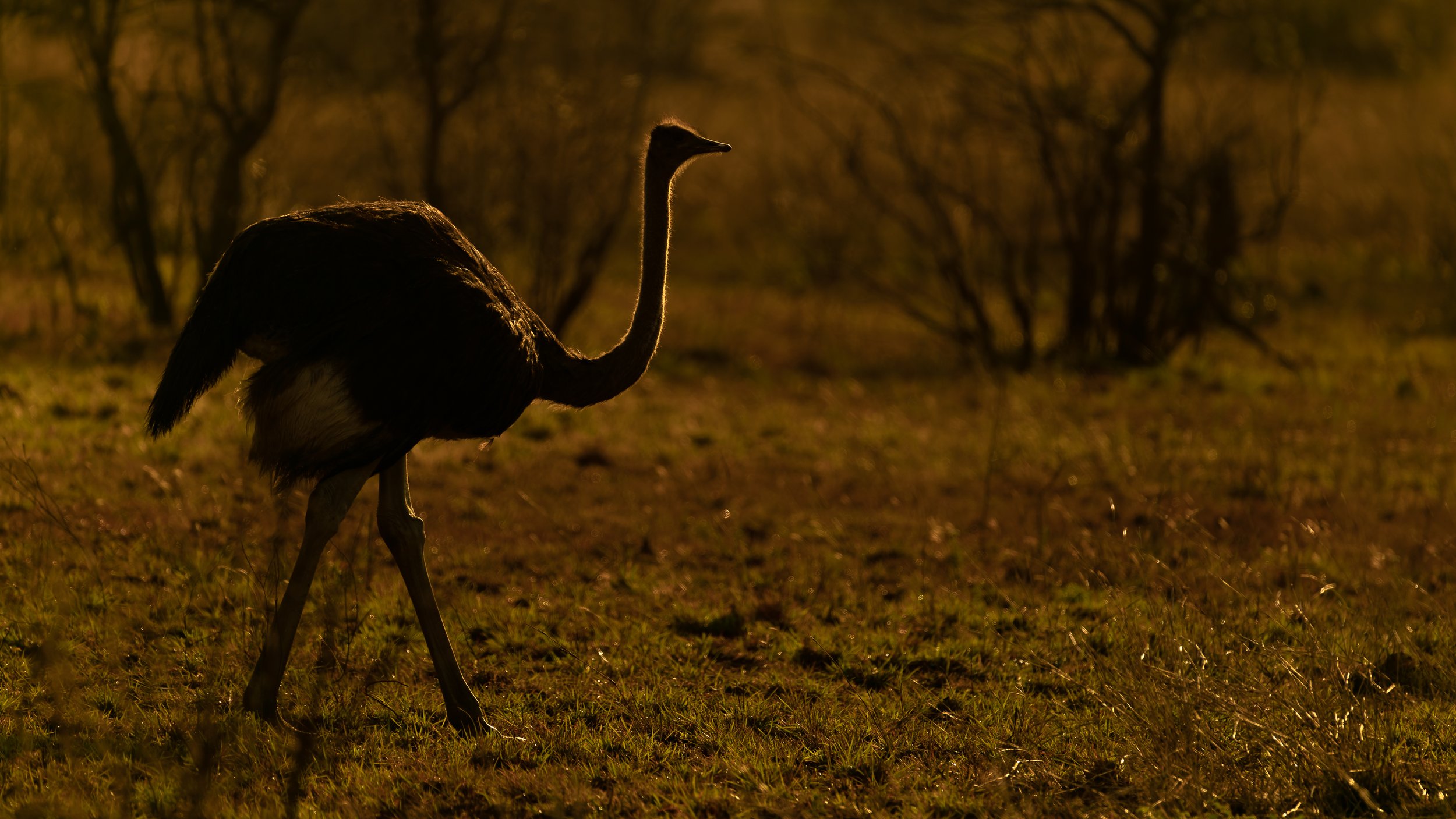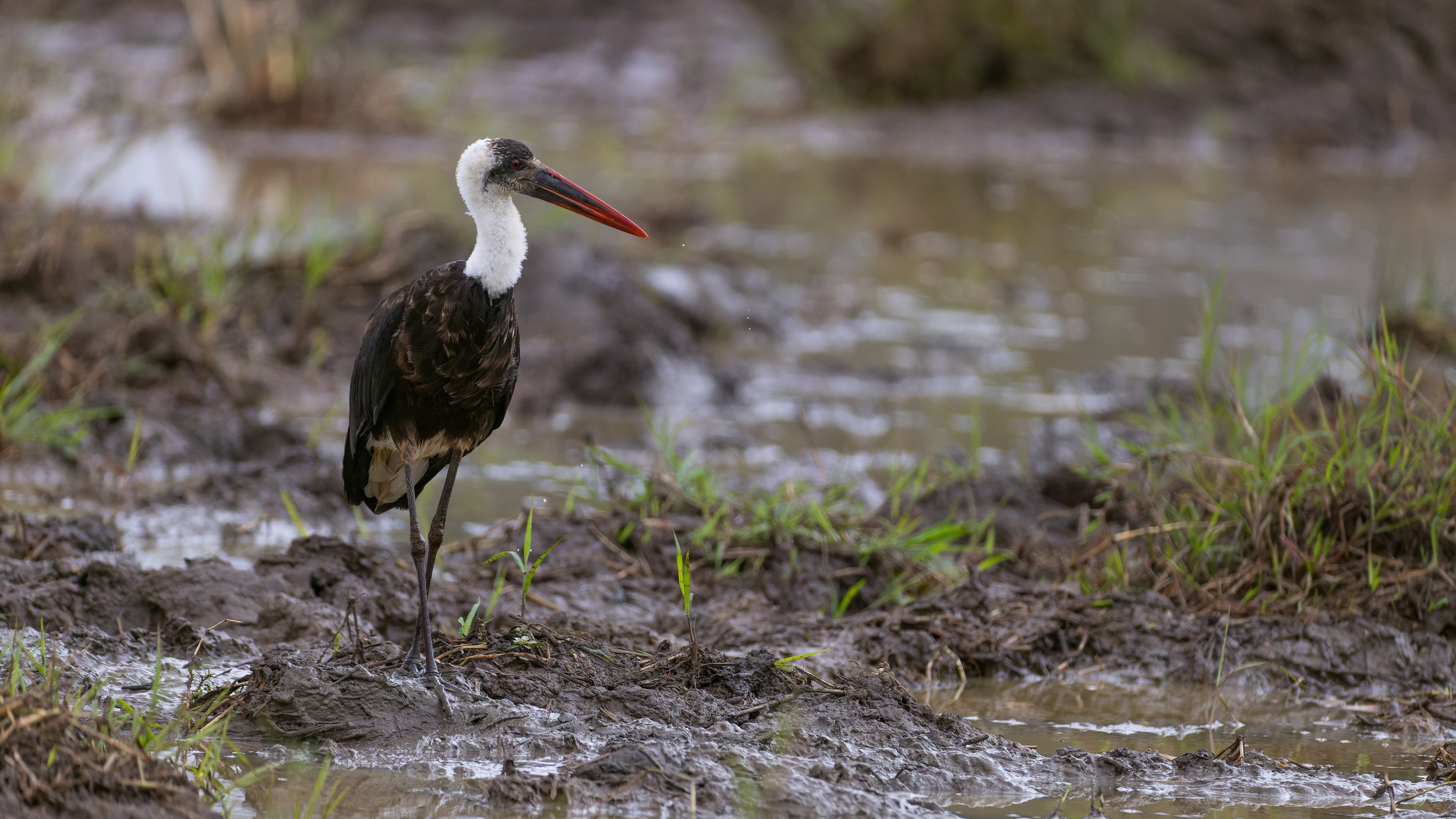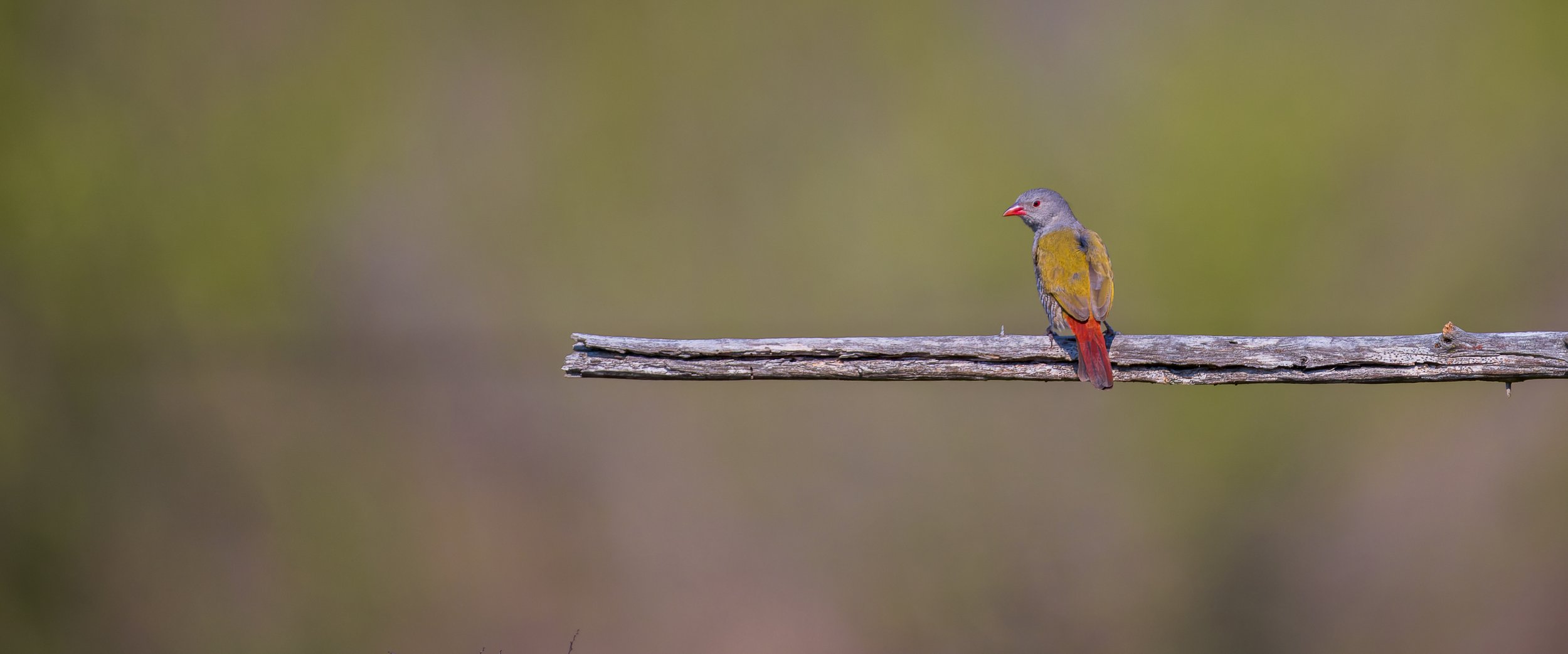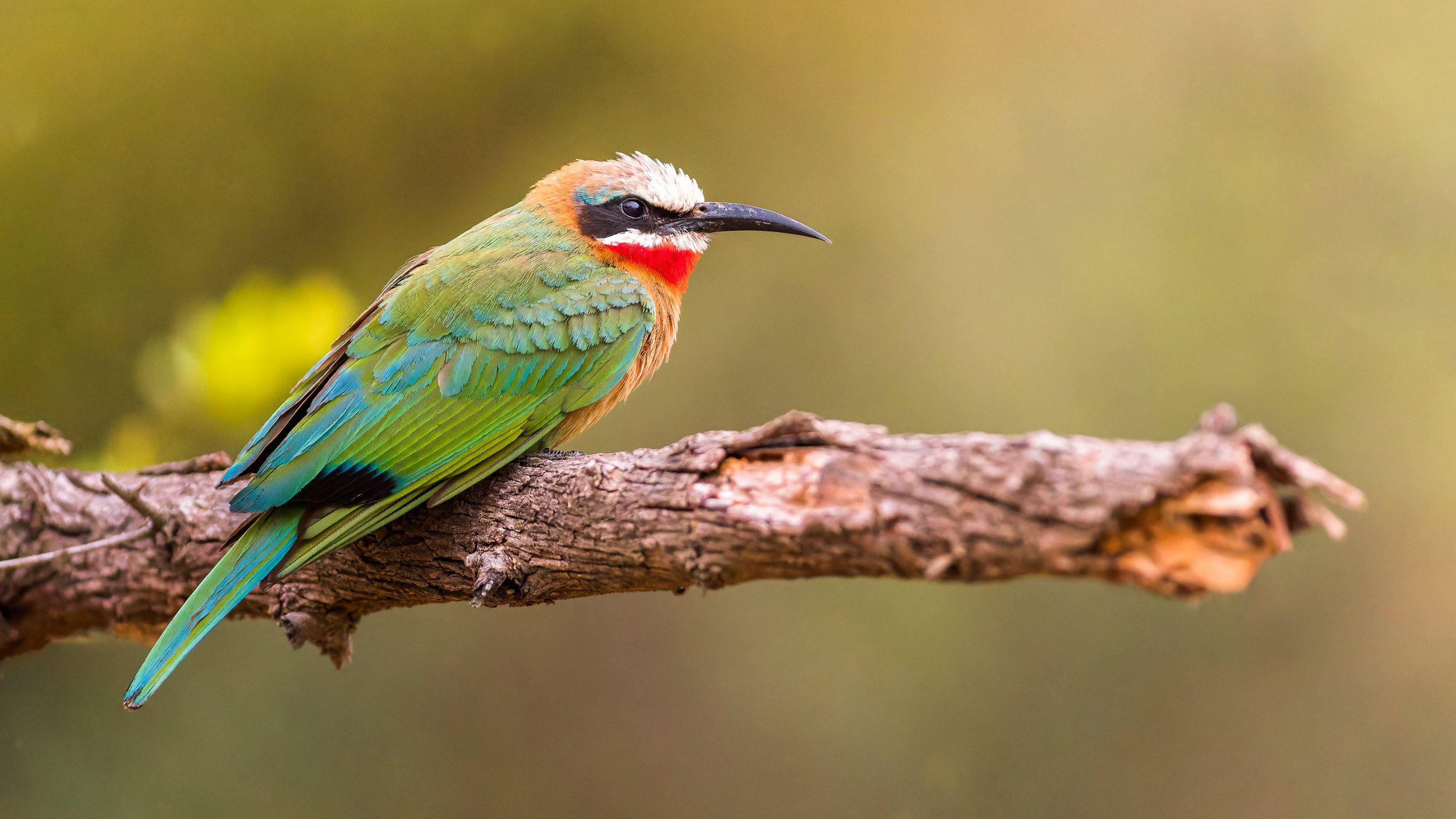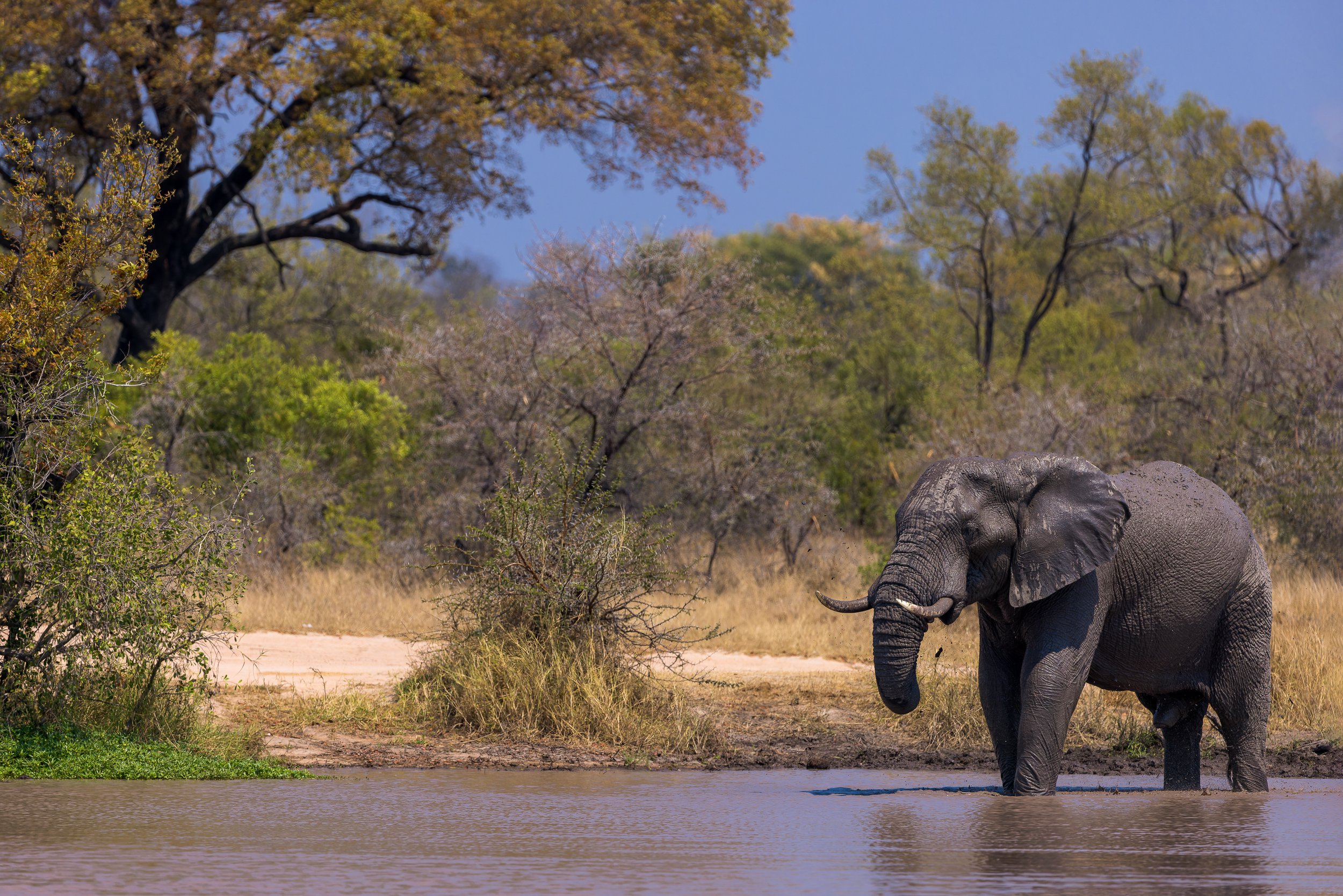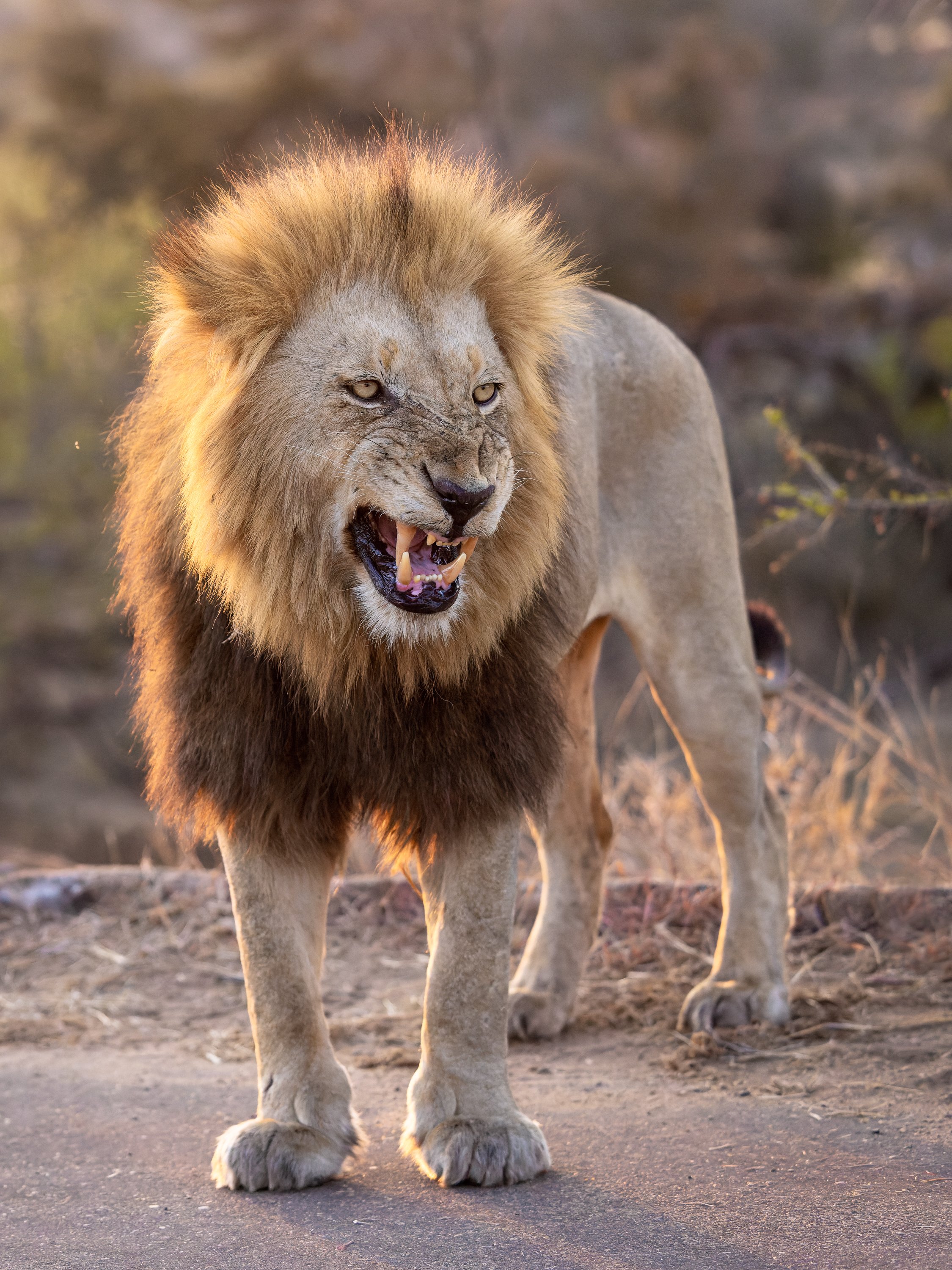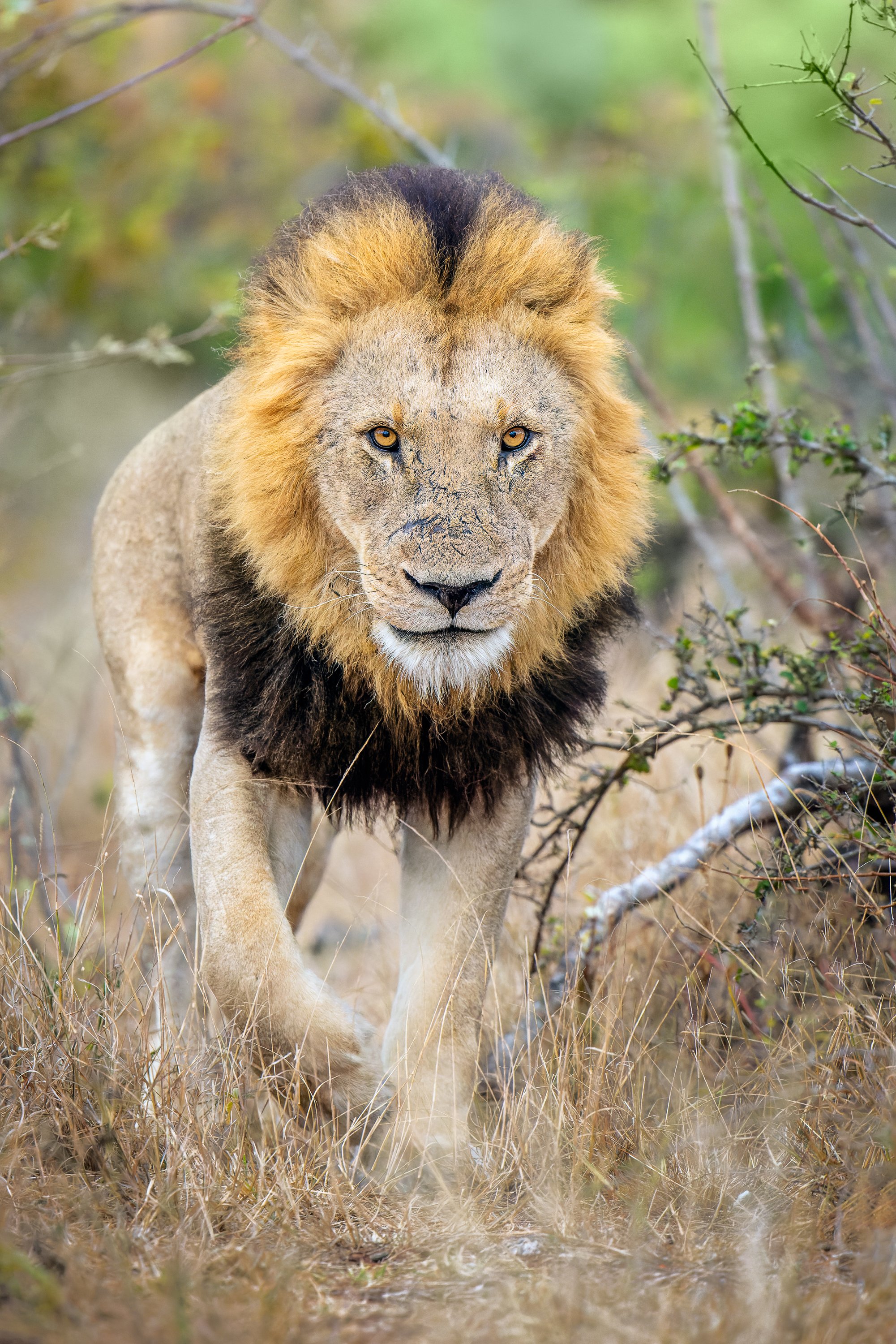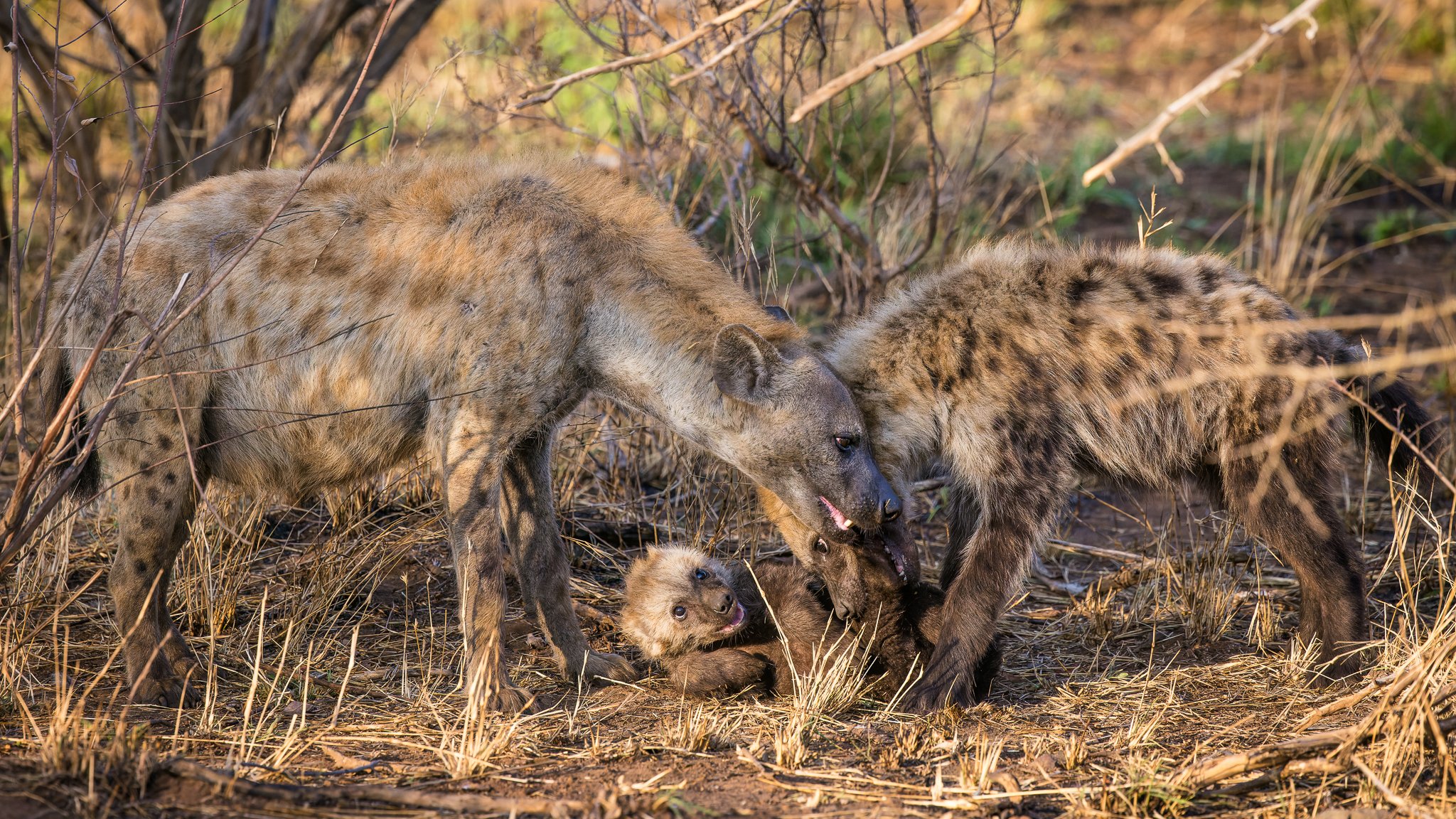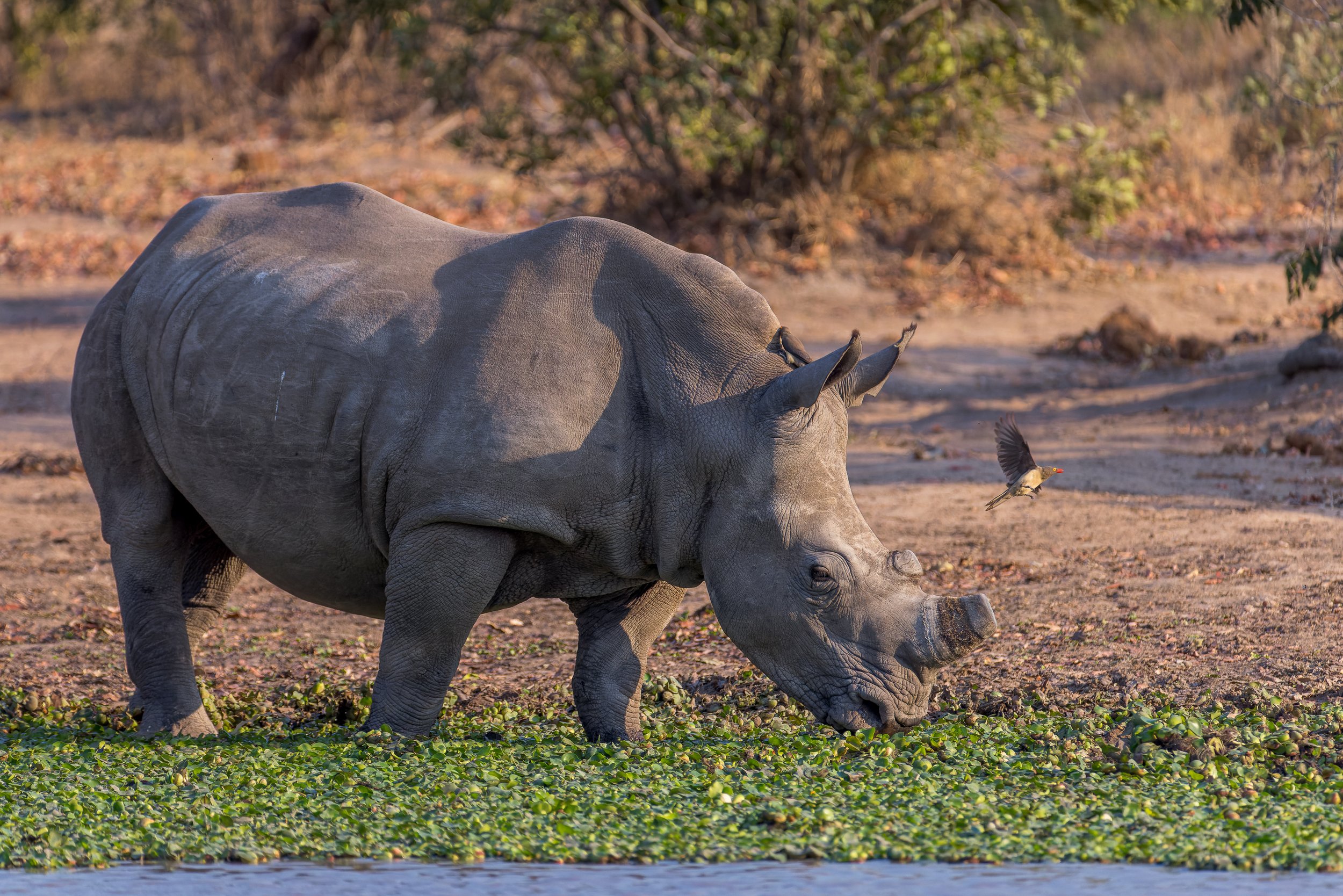Into the Kruger
Nestled between the Lebombo mountains in the south and bordering Zimbabwe on the north and Mozambique on the east, is the world famous Kruger national park. At close to 20,000 km2, Kruger is one of Africa’s greatest reserves - a veritable Noah’s ark.
In September 2022, I spent a couple of weeks here with my family. This story is my attempt to relive that experience.
No narrative about the Kruger should start without a mention of its history. Named after president Paul Kruger who established the Sabie game reserve in 1898, the park has gone through several transitions. Colonel James Stevenson Hamilton, the man whose name the park headquarters bears, was its first, official game warden. Piet Grobler, on the other hand, was the minister who in passing of the national parks act, created the Kruger national park in 1926. In 1927, the first three tourist cars visited the game reserve. Fast forward to today, the park receives close to a million visitors each year!
While I’ve visited Southern Africa often, this was my first visit to the Kruger. Right off the bat, you must know that safaris in the Kruger national park are very different from the guided safaris in other famous African parks. While there are some luxuries on offer, the national park is mostly a do-it-yourself experience. You drive your own car, you self-cater, and you book accommodation via the SanParks authority. For the most part. And therein lies the beauty of the experience.
Our ride and mobile home in the Kruger
One of our bungalows in the Kruger
One of our bungalows in the Kruger
Most Kruger accommodations come with their own dedicated parking areas
The Elsie Clarke guest house - our home at Skukuza
The Elsie Clarke guest house - our home at Skukuza
The living room of our guest house
Every accommodation at the Kruger comes with nice, comfortable beds
A lovely sit out at one of our accommodations
Kruger has a network of tar and dirt roads to help you navigate the park
“I never knew of a morning in Africa when I woke up that I was not happy.” - Ernest Hemingway
Being in Africa makes me happy. It’s a privilege to be able to say this, but if I had to find a home outside my own country, it’ll probably be in this continent. And Kruger is it’s own slice of Africa. Needless to say, the park is stunningly beautiful. There’s a picture postcard scenery around every bend. Where one river ends, a hill begins. Where the hills taper down, grasslands appear. If only to punctuate the monotony of the grasslands, you have thickly vegetated areas and trees that are thousands - yes thousands of years old! To repeat an overused cliché - the park is a sight for sore eyes.
A view over the sabie river
A view over the sabie river
A magnificent marula tree in a riverine habitat
The Kumana baobab is over 2000 years old
A view from the Lake Panic hide
A typical savanna landscape
A view from Orpen dam
A view from the Mlondozi picnic site. Don't miss the elephant!
The magic of African sceneries, however, is in our experience of the twilight hours. Like any other part of Africa, Kruger in the dry season, throws up brilliant sunrises and sunsets. If there’s an animal in your scene, it becomes all the more magical.
Buffalos walk across a meadow at sundown
A misty morning at DeLaporte waterhole
Sunrise by the hills on the H1-3
An impala walks across the road at sunset
A silhouetted tree at sunrise
A vulture at sunset
Egyptian geese roosting at sunset
Early morning on the S100
A francolin perches itself for an early morning song
A lappet faced vulture's silhouette
Sunset at Berg-en-Dal
Ibises and spoonbills roosting at Sunset dam, near Lower Sabie restcamp
A baboon in the early morning light
But what’s Africa without its animals? For a park of its reputation, Kruger sure doesn’t disappoint. But set your expectations right. Kruger’s a massive park. There are 40 odd countries that are smaller than this patch of wilderness. And while wildlife is aplenty, predators have much larger ranges than you’ll find in East Africa. Here’s a frame of reference. The Maasai Mara is smaller than a tenth of the Kruger. And yet, the Mara lion population is 60% that of Kruger’s. This just means that your chances of bumping into a big cat are lower and you must take the time to observe animals that you’ll otherwise ignore in more predator dense reserves.
A curious black-backed jackal
Necking giraffes
Duelling kudus
A waterbuck
A bushbuck
A cape buffalo
A browsing kudu
The resident honey badger at one of our camps
The magnificent nyala
Smith's bush squirrel
Bush squirrels mating
A steenbok
A male kudu
A young baboon peers out of its mother's lap
Kudus at sunset
A crocodile at Lake Panic
A grey duiker
A vervet monkey feeding
Duelling impalas
A plains zebra at sunset
A female klipspringer near Stevenson Hamilton's memorial
A young baboon rides its mother's back
Nature's gardener - the warthog
Nile crocodiles sun themselves near the Sweni hide
Dwarf mongooses at their burrow
A puff adder crossing the track
A leopard tortoise
And there’s nothing I love more than being able to remember the animals I saw, in the landscape that I saw them in. Here are a couple of images juxtaposing the vistas of Kruger with its wild inhabitants
An impala drinks at a waterhole
A crocodile at the Sabie river
In a park this diverse, nature has its own design. From time to time, your eyes catch a little detail. Stuff that you miss when driving around, you see when taking a leisurely walk in camp. Kruger’s a park that gives you time and a breath to take a look at nature’s patterns.
A closer look at an elephant
Speaking of time, let me pause a moment and tell you why Kruger’s a great family destination. It’s not just about wildlife. It’s also about fun, family moments. SanParks has thoughtfully lined the park with little picnic spots. You can take a break here from your game drives. Stretch. Sip a coffee. Grab a snack. Spend some fun moments with each other. Many of these picnic spots even have mini restaurants and shops where you can buy yourself food, drink and memorabilia.
Some picnic spots come with a view, like the Timbavati site which looks over a lovely river bed. And almost every picnic spot offers clean restrooms and stoves on rent just in case you wanted to do a cook out. We have many fond memories of these parts of the park as you’ll notice from the expressions on my children’s faces.
The Muzandzeni picnic site
Tshokwane trading post
Drinks stall at Afsaal trader's rest
Lookout at the Timbavati picnic site
A moment with my kids
A fun moment at Muzandzeni
The entrance at Afsaal
Breakfast time!
A fun little activity at Muzandzeni
My daughter at Muzandzeni
Coffee time
A shaded lunch spot
Breakfast at Timbavati
All of us at Afsaal trader’s rest
We were neither in the most bird rich area of the park, nor did we visit in the most bird rich season. Yet, Kruger serves up nature lovers a medley of birdlife. These birds add a dash of colour to your wildlife experience. From hornbills to storks, from starlings to rollers and from eagles to vultures, the park has bird activity all through the day. Like any other great wilderness you could visit the place just for the birds.
A martial eagle
Red billed oxpecker atop an impala
Greater blue eared starling
An oxpecker takes a ride on an impala
Red crested korhaan
Saddle billed stork male
Egyptian geese
Common ostrich
Lilac breasted roller
Swainson's spurfowl
Saddle billed stork female
African fish eagle
Southern red billed hornbill
Southern yellow billed hornbill
Kori bustard
Crested Barbet
Southern ground hornbill female
Ground hornbill tossing his food
Southern ground hornbill
Southern ground hornbill male
Southern ground hornbill
African white backed vulture
Cape vulture
Natal spurfowl
An ostrich
White fronted bee-eater
Yellow billed oxpecker
Wooly necked stork
African harrier hawk
Helmeted guinea fowl
Green winged pytilla
Hooded vulture
White fronted bee-eater
Bateleur eagle
Little bee-eaters
Hooded vulture
African grey hornbill
Pied kingfisher
Brown headed kingfisher
A lilac breasted roller tosses up a locust it’s caught
Before I move on, I must remind you that Kruger is indeed a big five park. For the uninitiated, the African big five animals are the cape buffalo, the lion, the leopard, the rhino and my favourite - the elephant. The reason elephants are my favourite, is that they’re always so full of life. Unlike lions who sleep for 16 hours each day on average, elephants have to forage for the same duration. Their large bodies leave them no choice but to keep active and feeding. And that means you can observe them all day long and not have a single dull moment. Especially if there are little ones in the herd.
In fact, with its population of close to 14,000 elephants the Kruger has to be amongst the world’s best parks to observe elephants. Only Amboseli in Kenya affords better opportunities to spend time with these magnificent, social creatures.
Elephants drink directly from a reservoir
A bull elephant decides to inspect a tourist car
“You know you are truly alive when you’re living among lions.” - Karen Blixen
Amongst the big five, lions are the most common sight after buffaloes. The trouble’s that they don’t do anything for most of the day and they always attract a crowd. But then again, there’s nothing quite like a lion in its prime and despite their sluggish nature, Kruger’s lions gave us a few moments we’ll always remember.
A lioness causes a traffic jam as she licks rain water from the tar road
A lion guards his giraffe kill
But no mention of Kruger’s lions is complete without acknowledging its most special sighting - something that’s incredibly rare in the wild. That’s the leucistic lion; a.k.a the white lion. At the time of our visit the Satara and Orpen areas of the Kruger were home to one of these individuals - a male they call Casper. We caught a few moments with him and his mate one morning, moments before they disappeared into thick bush.
Aside from being a big five park, Kruger’s also a “Special seven” park. The special seven includes the cheetah and the wild dog, in addition to the big five. There are very few other places in the world that share this distinction. Hwange is one park that comes to mind, as do South Luangwa and the Okavango Delta. The Serengeti and the Maasai Mara are special seven parks too, technically speaking. But your chances of finding wild dogs there is close to zero. That’s where the Kruger shines.
Both the wild dog and the cheetah are special sights in the Kruger. The dogs usually cover huge ranges and the cheetah population is under constant pressure from other carnivores. Think about 120 of these cats spread across the entire park and you can imagine why they’re an uncommon encounter.
The alpha of a wild dog pack
A cheetah on the open plains
A leopard stretches for the evening
To be honest, leopards are everywhere in the Kruger. And we saw quite a few of them as well. Especially in the south of the Kruger which boasts of the highest density of leopards in the world, you stand a good chance of seeing them. The counterbalance to this high density, is the fact that you must find them yourself! No expert guide, no local knowledge.
In a short trip, that’s always a matter of luck. The density also doesn’t change the fact that these animals love to melt away in the bush, given half a chance. Very often we were either too late to a sighting, or just caught a fleeting glimpse of the beast or took the wrong gambles. But that’s how it is, isn’t it? You can’t win ‘em all.
A leopard and her cub show themselves in the wee hours
While speaking of predators, it’d be remiss of me to not mention the villains of the piece - the hyenas. Except, they’re not villains. While almost every documentary and even films like The Lion King, portray hyenas as thieving scavengers; the truth is quite the opposite. Hyenas obtain 50-70% of their food through hunting. In fact, in some areas, such as the Ngorongoro Crater in Tanzania, spotted hyenas are the primary predators and can obtain up to 95% of their food through hunting. To be absolutely fair, lions steal more hyena kills than vice-versa. So I’d say their reputation is ill-deserved and more a media creation.
I know hyenas don’t attract everyone’s fancy, but we sure enjoyed some of our encounters with them. Especially when we observed a den, with young ones, at close quarters.
Hyenas take over a road in the morning
Hyenas disciplining one of their young
And finally, a few words about the rarest of the big five - rhinos. Both black and white. SanParks discourages reporting rhino sightings so there was little information available to find them. I’d seen both African species of rhinos several times before, but, of course, the family wanted to check them off the list for our trip. So when we did catch our sights of these animals, there was a mini celebration in the car.
Rhinos are under tremendous threat from poaching, especially for their horns. Many parks chop off the horns of their wild rhinos, so they can deter poachers from hunting them down. I understand the rationale, but seeing some of these mighty animals without their most defining features, was a bittersweet feeling for our family.
A black rhino walks across the grassland
White rhinos drink at a waterhole
The Kruger is a remarkable part of Africa. It doesn’t have the bare pans of Etosha. It doesn’t have the marshes of the Okavango Delta. You won’t find the rolling, endless plains of the Maasai Mara or the Serengeti here. But you will find a variety of habitats - sandveld, mixed woodlands, rhyolite hills, riverine thickets, stretches of knob thorn dotted savanna, and a lot more. That sheer diversity of habitats makes the park special. There’s always something to see and do. Add to it picnics and barbecues, and you’ll have a memorable outing in the bush. No wonder we met people who’d been in the park for close to 100 days! As Brian Jackman famously said, the safari bug is the worst of all.
“If there were one more thing I could do, it would be to go on safari once again.” - Karen Blixen
Sunset colours envelope the Lebombo hills




